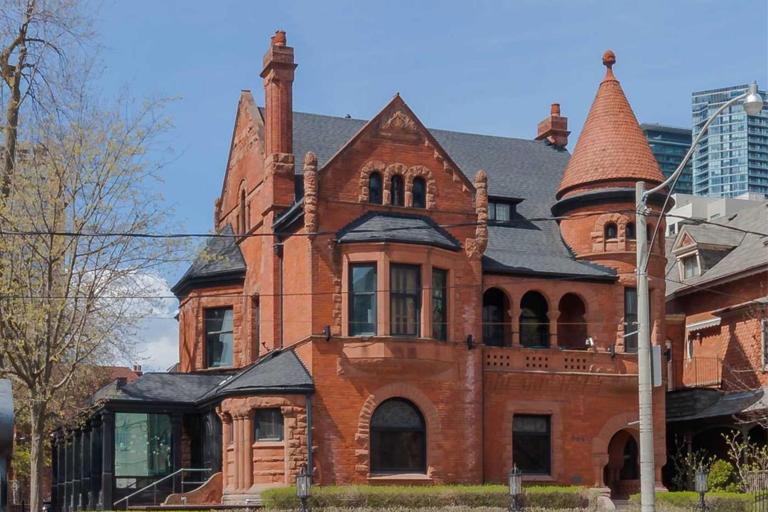North York Council Debates Heritage Designation for Historic Mansion
A 1930s estate may soon receive official protection status, prompting debate over development rights and cultural preservation.
May 16, 2025 at 16:31 • By Marcus Bell, Bridle Watch

A stately mansion from the 1930s nestled in Bridle Path may soon receive heritage designation, sparking a spirited debate among residents and developers. Located on a sprawling two-acre property, the home is known for its Tudor Revival architecture, intricate stonework, and lush mature gardens. It has remained largely unchanged for decades, preserving a style rarely seen in Toronto’s increasingly modernized luxury housing market.
The North York Community Preservation Panel has recommended the house for official protection status, citing its historical significance and contribution to the area’s cultural landscape. “This is one of the few estates that reflects the original vision of the Bridle Path as a wooded enclave of refined residences,” said panelist Martin Doyle. “Losing it would be losing a chapter of Toronto’s architectural memory.”
However, the property’s current owner, a private holding company, opposes the move. The firm had submitted plans to demolish the existing structure and replace it with a glass-and-marble smart mansion featuring underground parking, a wellness center, and rooftop solar array. The heritage recommendation has put those plans on hold, pending City Council review.
Real estate professionals in the area are closely watching the outcome. Some worry that heritage designation could dissuade buyers or investors who value custom builds over preservation. “There’s always a fine balance between protecting history and enabling property rights,” said North York agent Alina Foster. “This case will set a tone for future development.”
Longtime residents have offered mixed reactions. While some welcome the effort to maintain the neighbourhood’s character, others believe individual homeowners should dictate their property’s future. “It’s beautiful, but it’s still private property,” said one neighbour who requested anonymity. “If the owner wants to upgrade, who are we to stop them?”
City heritage staff conducted a full assessment, noting that the house was designed by a prominent Toronto architect in 1936 and still contains original fixtures, including iron chandeliers, limestone fireplaces, and oak panelled libraries. The home also served as the backdrop for several Canadian film productions in the 1980s and was once visited by a European royal on a private tour.
The proposal is scheduled to appear before Toronto’s Heritage Planning Subcommittee later this month, followed by a full council vote. If approved, the property would join a short list of designated homes in Bridle Path, a neighbourhood known more for new builds than preserved estates.
The potential designation has sparked broader conversations about identity and stewardship in affluent areas. Some residents are organizing an informal committee to explore voluntary heritage recognition for other homes of similar vintage, aiming to preserve a sense of continuity amid rapid architectural change.
For now, the ivy-covered mansion remains intact, quietly watching the city’s debate unfold from behind its wrought iron gates — a symbol of both legacy and uncertainty in a neighbourhood that rarely looks back.